Namibia for History Buffs: A guide to Historical Landmarks in the 'Soul of Africa’
Namibia, sometimes affectionately referred to as ‘The Soul of Africa’, is a country steeped in rich history, culture, and tradition.
From the first ancient hunter-gatherers that were thought to call this land home 25,000 years ago, through to its modern-day history dominated by German colonialism, plenty of fascinating chapters have unfolded over the centuries.
Today, with thousands of avid safari lovers descending on this land of rolling desert landscapes, the nation’s history is in the spotlight more than ever before.
If you’re planning a Namibia safari holiday, and history is one of your favourite pastimes, be sure to check out these five famous historical sites:
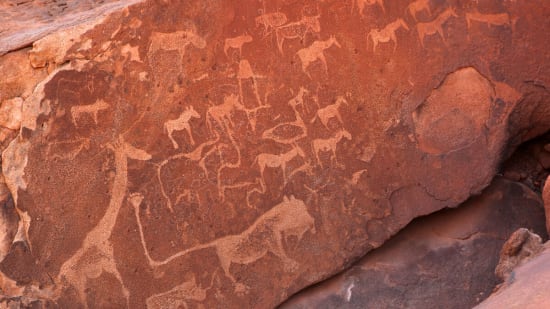

Ancient rock engravings at Twyfelfontein
Located in Damaraland, around 70 km west of Khorixas, you’ll find Twyfelfontein, a site of huge historical significance.
Twyfelfontein, which means ‘fountain of doubt’, is a valley home to thousands of ancient Bushmen rock paintings and engravings, many of which depict Bushmen hunting rituals, as well as animals such as antelopes, zebras, lions and giraffes.
Following decades of research archaeologists and history experts have counted 2,500 of these engravings, or ‘Petroglyphs’, and they estimate that some date back to 10,000 years ago.
One of the most remarkable things about the engravings at Twyfelfontein is that many were carved without the use of metal tools. Instead, historians believe that that quartz tools were used during the engraving process given that many quartz chips have been located in the area.
In 1952 the valley was declared a national monument and in 2007 Twyfelfontein was granted UNESCO World Heritage status.
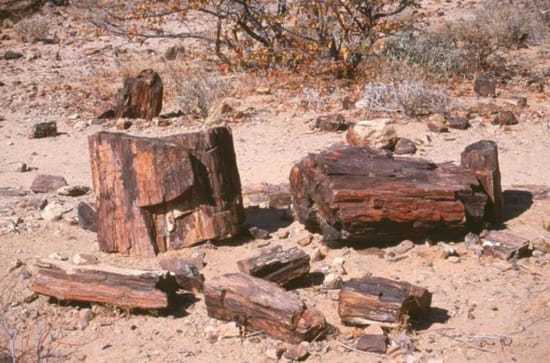

The Petrified Forest
Damaraland is also home to the incredible Petrified Forest, an area consisting of gigantic fossilized tree trunks that are estimated to be 280 million years old.
Although not technically a forest in the traditional sense, this area contains an abundance of ancient tree trunks that were washed down the river in prehistoric times following the conclusion of an Ice Age on the Gondwana continent.
Declared a national monument in the 1950’s, after being discovered by two farmers a decade earlier, The Petrified Forest is also home to several incredible plant species, including most notably the Welwitschia Mirabilis.
The Welwitischia Miralibis, named after the botanist who discovered the plant in 1800s, is regarded as a living fossil due to the fact that these plants can survive for centuries. In fact, some Welwitschias are said to be over 1500 years old!
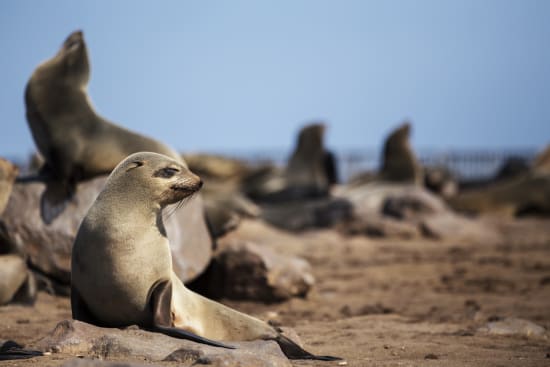

Cape Cross
Cape Cross in Namibia may be famous for the Fur Seal Reserve that sits on the Skeleton Coast but the historical origins of this area are very interesting.
In 1486, during the Great Exploration, the Portuguese Diogo Cão became the first European to land on Namibian soil and to mark this accomplishment he erected a stone cross in honour of his king. The stone cross was inscribed with the message “In the year 6665 after the Creation of the world and 1485 years after the birth of Christ the outstanding, foresighted King John II of Portugal instructed a knight of his court, Diego Cão to discover this land and to erect the padrão.”
Centuries after Diogo Cão’s exploits, German settlers reached the area and the original cross was replaced in the 1800s with a new cross, and that’s what stand there today.
Over time the cross has served as a religious emblem, as well as a landmark for ships. However, and perhaps most poignantly, the cross stands as a symbol of Namibia’s heritage and economic rise.
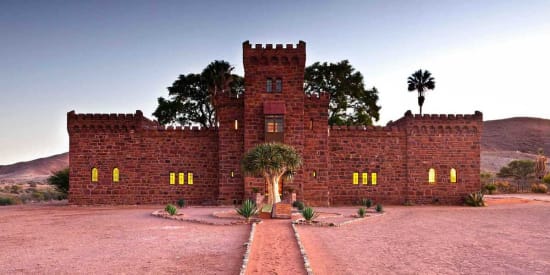

Duwisib Castle
Located approximately 70 km southwest of the small town Maltahöhe, sits Duwisib Castle, another of Namibia’s treasured national monuments.
This charming castle was originally constructed by Baron Hansheinrich von Wolf, a German officer who fled to Namibia during the Herero War.
After marrying a wealthy American, he teamed up with famous architect Wilhelm Sander and his plan was to breed thousands of horses at the site. Unfortunately for von Wolf he enlisted in the army at the outbreak of the First World War and perished in 1916.
Decades after his passing the castle laid isolate but in 1978 the Namibian state purchased the site and in 1991 it was renovated. Today it attracts scores of visitors each year, all of whom turn up to admire the furnished rooms and learn more about Namibia’s German colonial past.

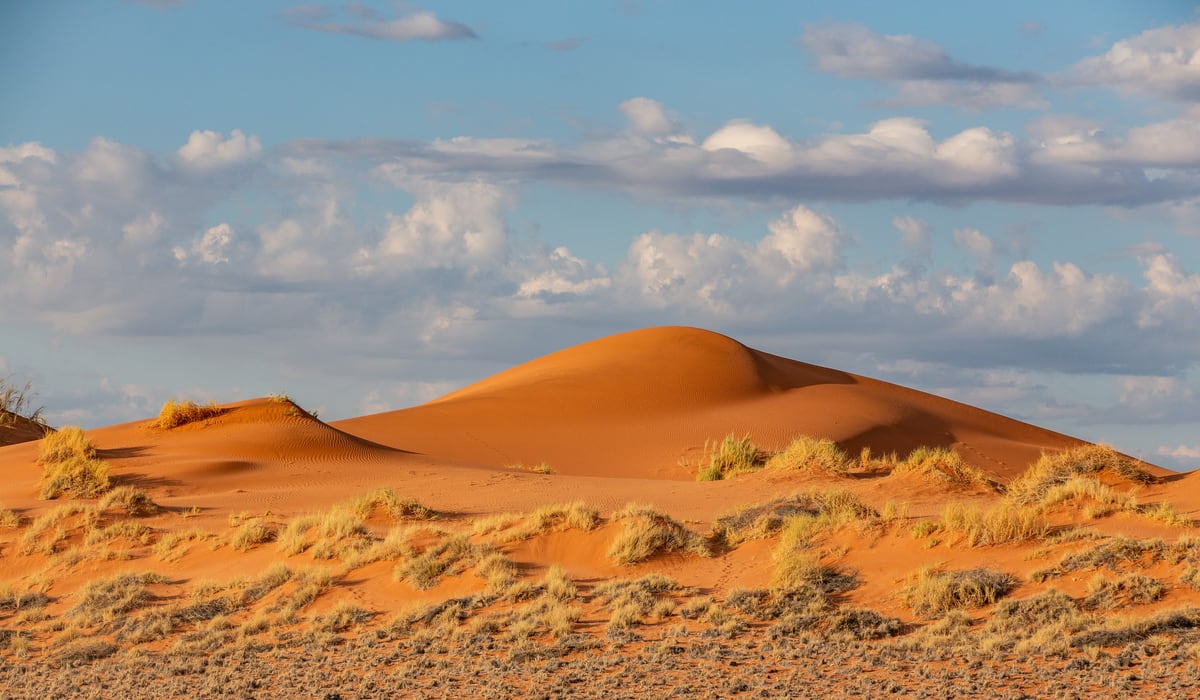
The Namib Desert
Last, but certainly not least, no Namibian history article and landmarks piece would be complete without a nod to the oldest desert in the world: the Namib.
Characterized by its sprawling arid landscapes, which include some of the world’s biggest dunes, the Namib Desert was formed up to 85 million years ago when eroded sandstone in South Africa was ushered into the Atlantic by the Orange River- before being pushed ashore by wind and raging currents.
Today, the Namib serves as a thrill seekers paradise and is one of the most popular destinations visited on both self-drive and private guided safari holidays. Here visitors can climb the epic Dune 45, hike through the striking Deadvlei, or view an abundance of incredible wildlife at NamibRand Nature Reserve.

Ready to Discuss Your Safari Plans?
Our seasoned team specializes in designing personalized safaris in Namibia. From top-notch accommodations to memorable wildlife encounters, we tailor every aspect to suit your preferences. Whether you're a safari veteran or a first-timer, our commitment to excellent service promises an unforgettable adventure.
